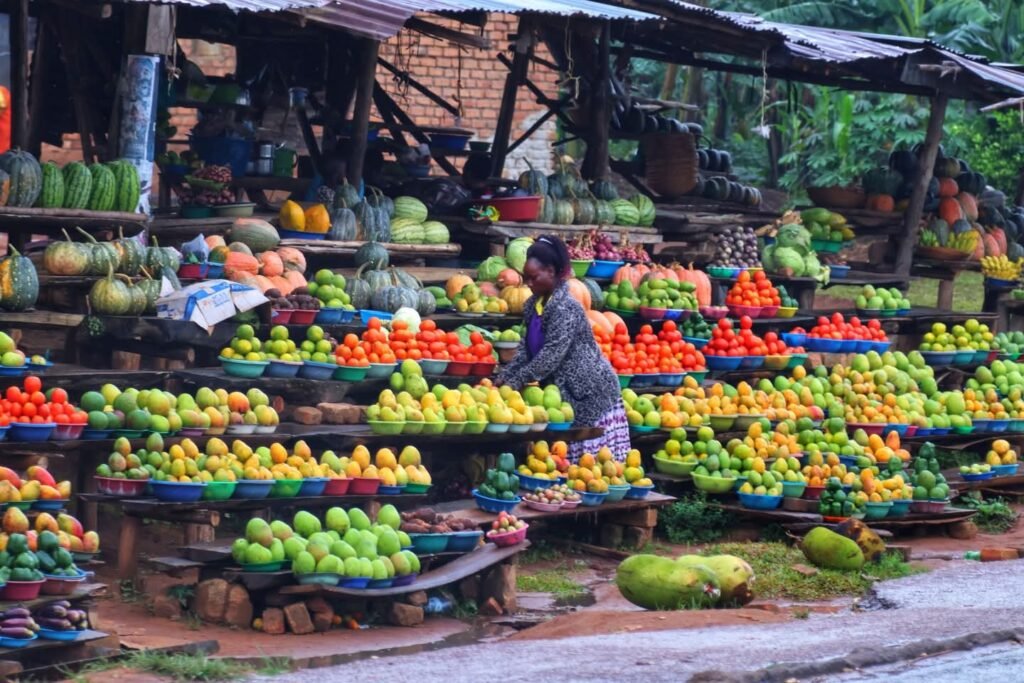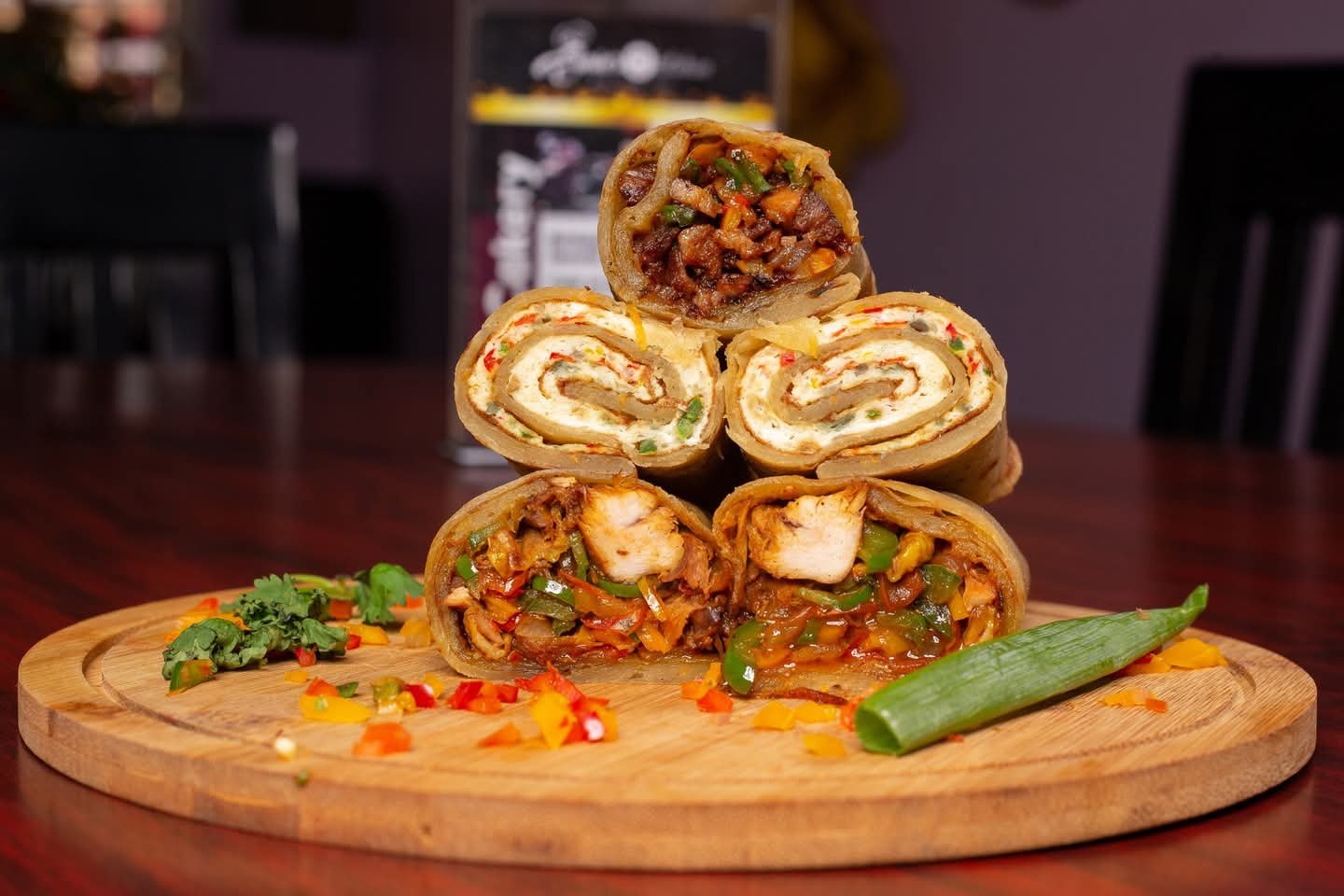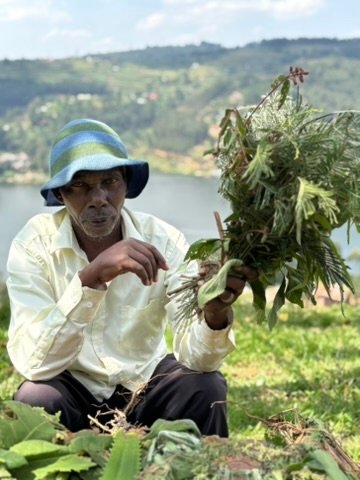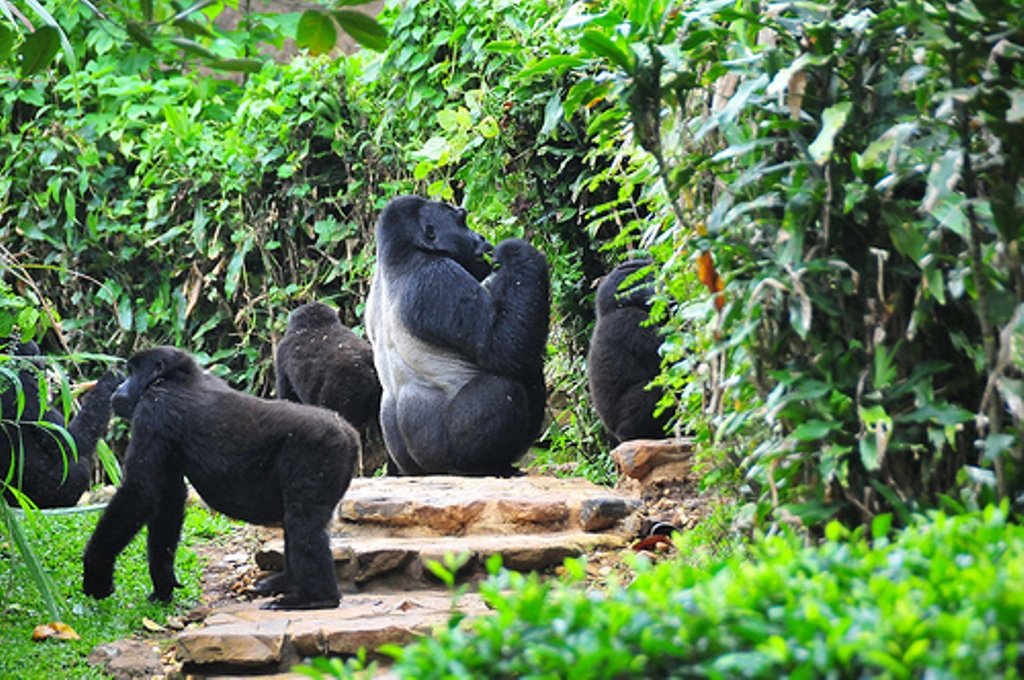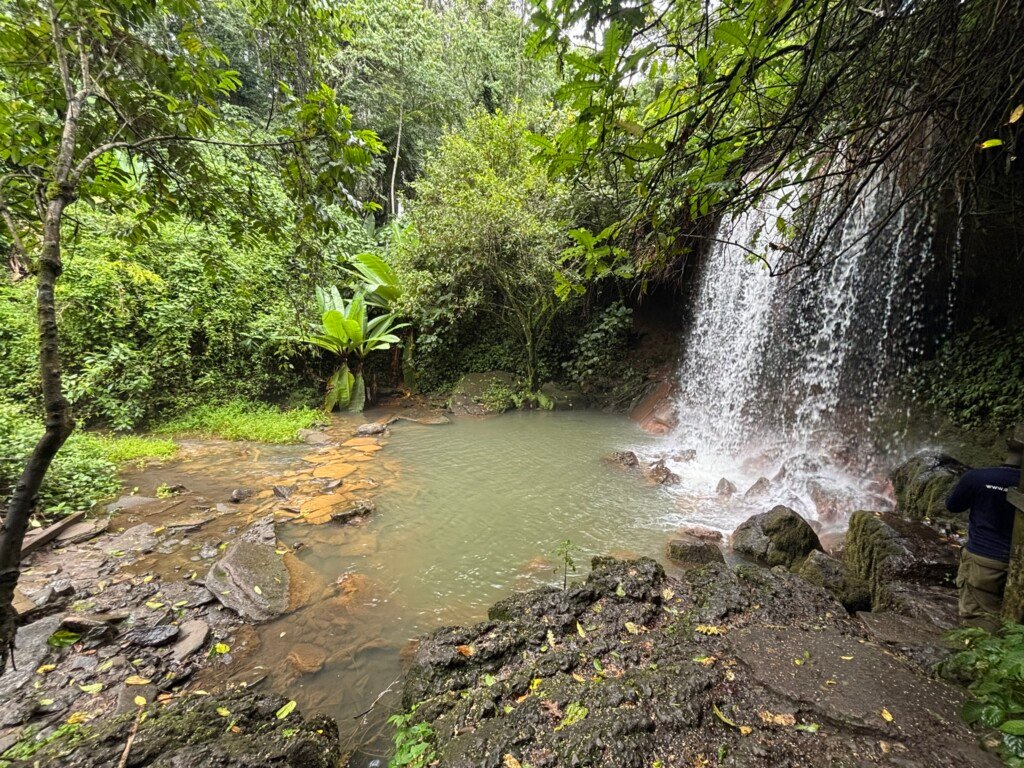Reasons Why Ugandan Food is a Delightful Cultural Experience
Ugandan Food: A Journey into Flavor and Community
Ugandan food is more than just what’s on the plate, it’s a story of community, history, and the land itself. Every dish tells you something about Ugandan culture: from the steaming matooke cooked in banana leaves to the roasted street-side gonja, food is a gathering point that unites families, village, and travelers a like.
Table of Contents
At Amatsiko Tours, we love introducing our guests to the warmth of Ugandan kitchens. Trying local dishes is one of the most authentic ways to connect with Uganda’s culture and people.
The Staple Flavors of Ugandan Food
Uganda is blessed with fertile soils and two rainy seasons, meaning food is abundant and fresh all year round. Local markets overflow with bananas, beans, maize, sweet potatoes, cassava, groundnuts, and tropical fruits.
1. Matooke (Steamed Green Bananas)
Matooke is the heart of Ugandan food. Green bananas are peeled, wrapped in banana leaves, and steamed until soft. They’re then mashed into a golden, smooth dish often served with groundnut sauce, beef stew, or beans.
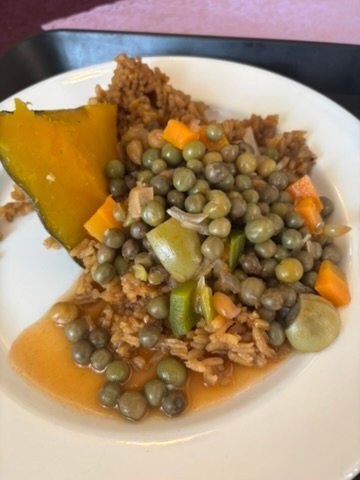
2. Posho (Maize Flour Porridge)
Similar to polenta, posho is made by mixing maize flour with boiling water until it thickens. It’s affordable, filling, and usually paired with beans, vegetables, or meat stews.
3. Luwombo (Stew Steamed in Banana Leaves)
A royal dish dating back to the Buganda kingdom, luwombo is a stew of chicken, beef, or groundnuts slow-cooked inside banana leaves. The steaming process gives it a rich, earthy flavor you won’t forget.
4. Rolex (Uganda’s Famous Street Snack)
No, not the watch! A Rolex is a chapati rolled with an omelet and vegetables—fast, affordable, and beloved by students and travelers. You’ll find it sizzling on almost every street corner.
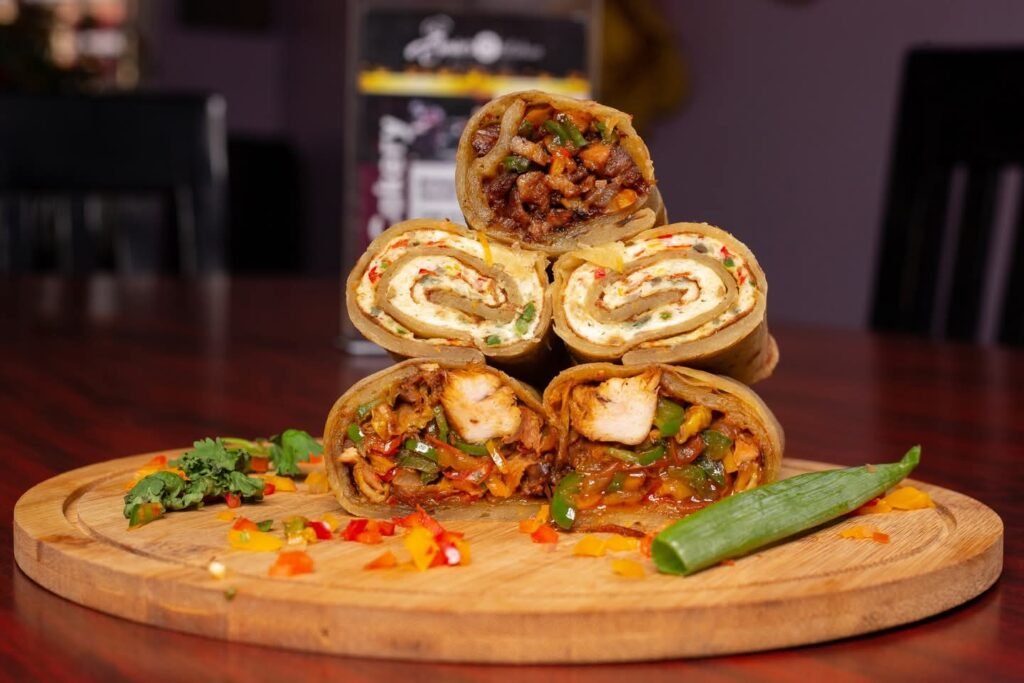
5. Groundnut (Peanut) Sauce
Groundnut sauce is creamy, nutty, and pairs beautifully with matooke or rice. It’s one of the vegetarian-friendly delights of Ugandan food.
Street Eats and Sweet Treats
Ugandan food isn’t just about big meals, it’s also about the snacks you grab while walking through Kampala or Kabale.
- Roasted Maize: Corn cobs grilled over open charcoal stoves.
- Gonja: Sweet plantain roasted until caramelized.
- Mandazi: Fried dough, soft and slightly sweet, perfect with tea.
- Kabalagala: Banana pancakes made with ripe bananas and cassava flour.
And for dessert, don’t miss Uganda’s tropical fruits: mangoes, pineapples, papayas, and passion fruit, all bursting with flavor straight from the garden.
Why Ugandan Food Matters in Your Travel Experience
Eating local dishes isn’t just about taste—it’s about connection. When you sit down for a meal in Uganda, you’re sharing in traditions passed down through generations. You’re also supporting small farmers, local markets, and family-run restaurants.
At Amatsiko Tours, we encourage guests to try local meals during their safaris and cultural village visits. Whether it’s sharing lunch with schoolchildren at Amatsiko Preparatory School or enjoying matooke by the shores of Lake Bunyonyi, food becomes a bridge between visitors and hosts.
Related Experiences with Amatsiko Tours
- Lake Bunyonyi Travel: The Jewel of Southwestern Uganda
- Gorilla Trekking in Uganda: A Life-Changing Adventure
FAQs about Ugandan Food
Q: What is the most popular Ugandan food?
A: Matooke is considered the national dish of Uganda and is widely eaten across the country.
Q: Is Ugandan food vegetarian-friendly?
A: Yes! Many Ugandan staples like beans, groundnut sauce, and vegetable stews are perfect for vegetarians.
Q: What street food should I try in Uganda?
A: Don’t miss the famous Rolex, roasted maize, and gonja (roasted sweet plantain).
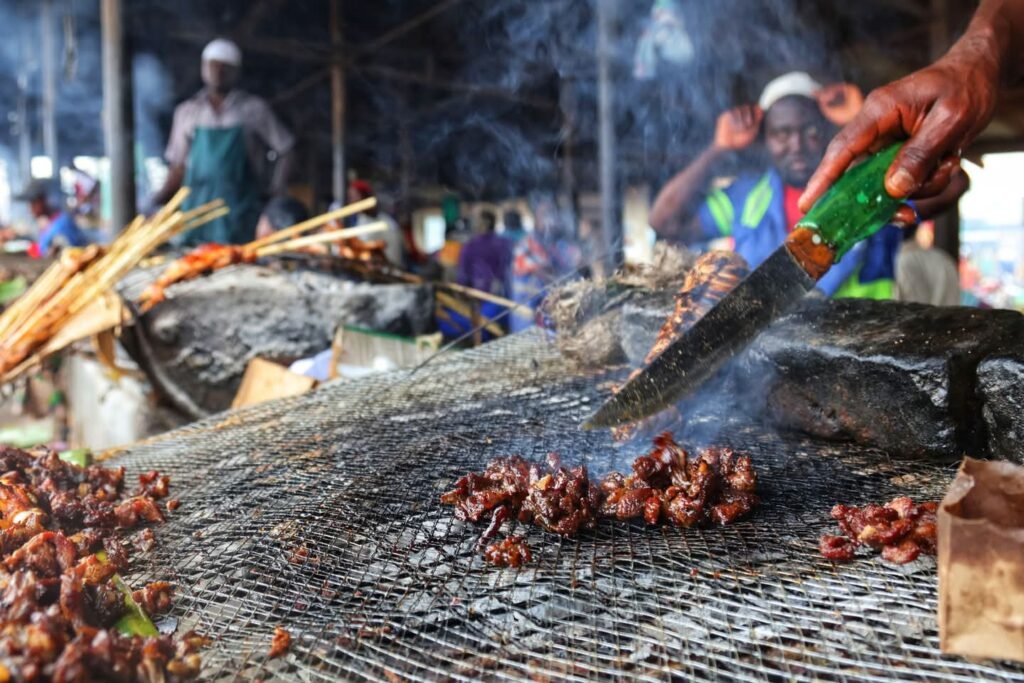
Q: Is Ugandan food spicy?
A: Ugandan food is generally mild, with sauces enriched by peanuts, tomatoes, and onions rather than hot chili.
Q: Where can I taste authentic Ugandan food during a tour?
A: With Amatsiko Tours, you’ll enjoy local meals during cultural visits, school interactions, and village stays.
Final Word
Ugandan food is not just about eating—it’s about belonging. It’s about learning the rhythm of life in Uganda, where meals are slow, shared, and full of heart. Come taste Ugandan food with Amatsiko Tours, and you’ll find that food is one of the most memorable parts of your journey.
